Most homeowners spent ages in their house without even knowing about the sheathing. It is completely okay if you were not aware that there’s no sheathing under siding until you removed it.
Sheathing works as a case or cover, structural support, insulator, and more. Missing sheathing is not any structural defect. It’s possible that it was not added to the construction plan. However, you can always add sheathings if you wish.
In addition, we organized details of every type of sheathing in the market. This should help you grab the most preferable one. Let’s check all of these out, shall we?
What’s the Purpose of Sheathing
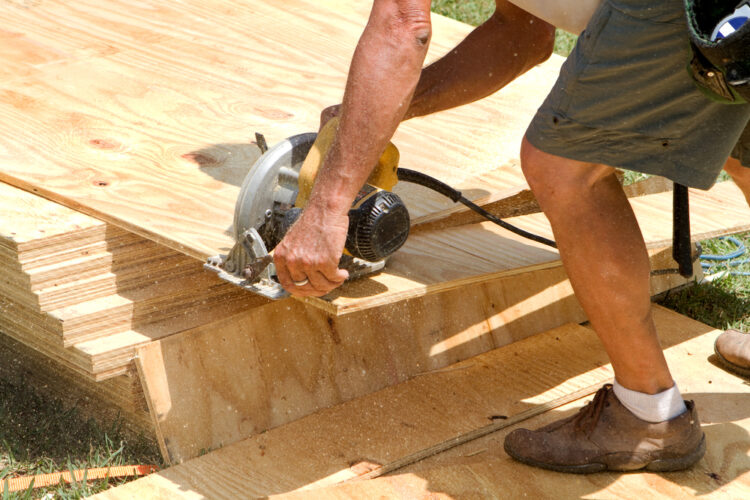
Sheathing is a panel or board built from different materials. It doesn’t matter how old your house is, it’s never too late for sheathing.
You can put sheathing in two categories; structural and non-structural sheathing.
Structural sheathing helps you achieve a strong and sturdy structural capability. In other words, it works as structural support for your house.
On the other hand, non-structural sheathing keeps your house insulated. Both structural and non-structural come with amazing features.
Moreover, you can use the sheathings individually or both together. It depends on the building plan of your house.
No Sheathing Under Siding: Is It Bad News?
To be sure about the sheathing, remove the siding from the exterior. Only then, you could see the sheathing (if your house has sheathing).
If you don’t have sheathing, there’s nothing to be worried about. You can get a sheathing reconstructed if you want.
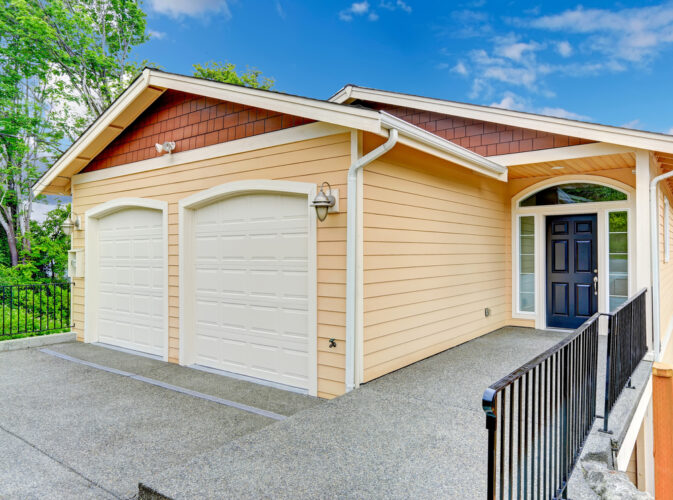
However, sheathing is crucial if you’re installing foam insulation in the walls. In this case, sheathing is not an option, it’s a must.
Without the sheathing, the foam will bow out the siding while injecting it. This will affect the siding later on. In fact, there are several complaints stating the wavy terrible looking siding on the wall.
Now, foam insulation is designed for an enclosed area. It won’t be able to set up or cure properly if it’s exposed. This creates the wavy terrible look that we mentioned before.
Moreover, if anyone suggests using foam board instead of sheathing, DON’T. A number of people suffered severe structural damage due to foam boards.
Since foam boards are brittle and weak. It’s possibly the worst alternative to the sheathing.
If you’re not worried about insulation, you really don’t need sheathing. But having a sheathing won’t do any harm.
Available Sheathing Options
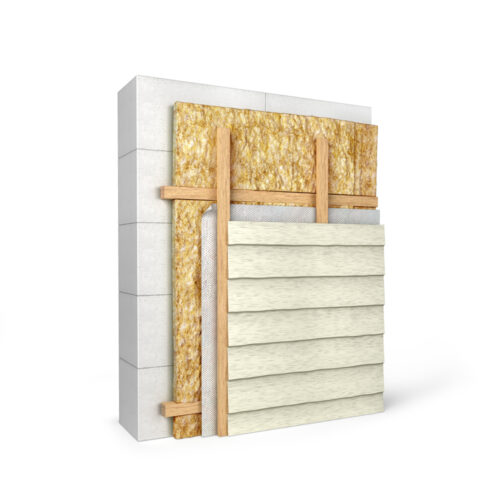
Either it’s your home or commercial space, you should always consider using sheathing. People often get confused about which sheathing to choose. So, today we will bring forth all the options for sheathing in front of you.
Structural Sheathing Options
When your house’s structure is at stake, we know that you won’t compromise. And structural sheathing is the exact structural support that you need.
Let’s explore the five most popular structural sheathing options-
Wood-Based
Wood is the most common material for structural sheathing. Based on the state of material and concentration, there are several types of wood sheathing.
Plywood Sheathing
Cross-laminated wood is the main element of plywood sheathing. This makes the plywood board tough and stiff.
Even though it’s a tough sheathing, plywood does have weak spots. The areas that are not against the studs are considered delicate. With a bit of directed force, plywood sheathing can fall apart.
Moisture resistance is another feature of plywood. It even dries faster than any other wood. Moreover, it weighs 15-19% less than the OSB (Oriented Strand Board).
Plywood sheathing is not completely water-resistant. There are numerous reports in the past of rotten plywood under siding in the past. So, keep them as far away as possible from water.
Oriented Strand Board (OSB)
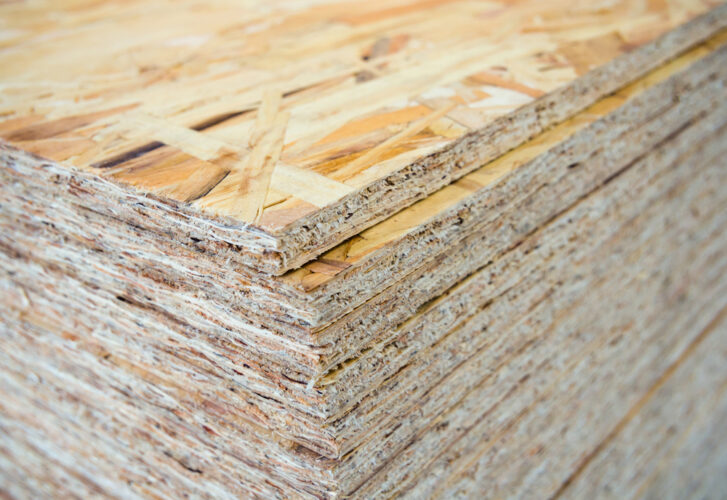
Oriented Strand Boards had quite the name as a durable sheathing. OSBs are made out of thin hot pressed wood strands. Surprising, right? Thinking how can strands turn out so sturdy?
Well, resin adhesive, wax, and hundreds of wood strands make this type of sturdy board come to life. Sizes are available from 8 to 16 feet long.
And the best thing about the OSBs? Well, unlike plywood, you don’t have to worry about weak spots. OSBs are solid and lack soft spots. Moreover, the pricing is convenient and always changing.
Waferboard

Do you know you can reuse wood scraps for sheathing? How? Well, the scraps are passed through a mechanical press. These compressed scraps then go through an extreme gluing process.
Finally, the end product is Waferboard.
Such a process might make it costly, right? Luckily, it’s way cheaper than plywood.
As it’s formed out of wood scraps, it’s weak in structure and can easily crack. Yeah, we know how the cheaper price is proportioned to the cheaper quality.
Gypsum Based
You may have heard the names, plasterboard or drywall. Well, that’s actually gypsum-based sheathing.
It’s famous in this modern age for its inflammable feature. It comes with paper surfacing on the face, back, and its long edges.
The list of features that gypsum-based sheathings offer to you is large. Here are a few of those-
- Fire-Resistance
- Durability
- Economical
- Noise Reduction
- Versatile
However, it’s wise not to use gypsum sheathing in damp areas. Like laundry rooms and bathrooms with water sitting in the shower.
It’s because gypsum can retain water. This allows the sheathing to hold on to the dampness for a long time.
Glass Mat
The Gypsum board and the glass mat board are somewhat identical. The only difference is the barrier material. Glass mat uses fiberglass instead of paper.
It’s highly used for commercial spaces. It’s basically fabric that is formulated to be strong and has high durability.
Cement Board
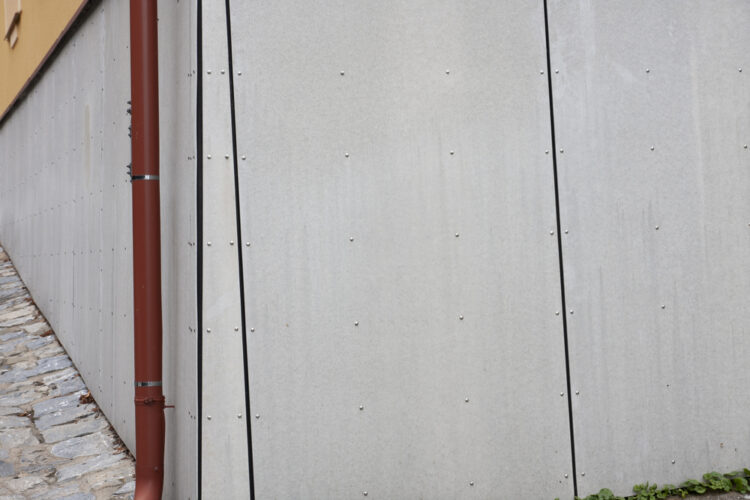
Cement is strong itself. But when mixed with glass-fiber, it forms a revolutionary cement board.
Many people seal the siding to concrete, directly in cement walls. However, we are dealing with cement boards instead of walls. Cement boards can’t take the weight of sidings.
The cement board is easy to attach to the wall. Moreover, it has incredible fire-resistance that’s quite important for a house. So, without a doubt, it’s a great base.
Thermo-Brace
If you wish for a well-constructed building, Thermo-Brace can be your option. It promises strength and stability in all dimensions.
You get ultimate protection from air and water infiltration. The continuous insulation of Thermo-Brace does the magic for you. It had been scientifically tested for water-resistance and then permitted for use.
Non-Structural Sheathing Options
You might be familiar with the “insulating sheathing”, instead of non-structural sheathing.
It can be installed on both sides of your structural sheathing. Plastic, cellulose fiber, foam, foil-faced and paper-faced boards are used as non-structural sheathing.
You can even insulate your house without sheathing. But using sheathing makes it easier for you.
FAQs
Question: Can you replace sheathing from the inside?
Answer: Unfortunately, you can’t replace sheathing from the inside. You will be making the structure worse by trying.
Question: Do you put plywood under siding?
Answer: If it’s plywood sheathing, yes you can put it under the siding. It’ll be the best structural support for your house.
Question: How thick should exterior plywood sheathing be?
Answer: The standard stud spacing is 16 inches. In that case, your plywood sheathing should be 3/8inches.
Conclusion
No sheathing under siding? No worries. You are now completely aware of all the options and you are ready to grab one for your beloved home.
So, if you haven’t checked for sheathing, remove the siding and check today. It’s never late for a sheathing installation.